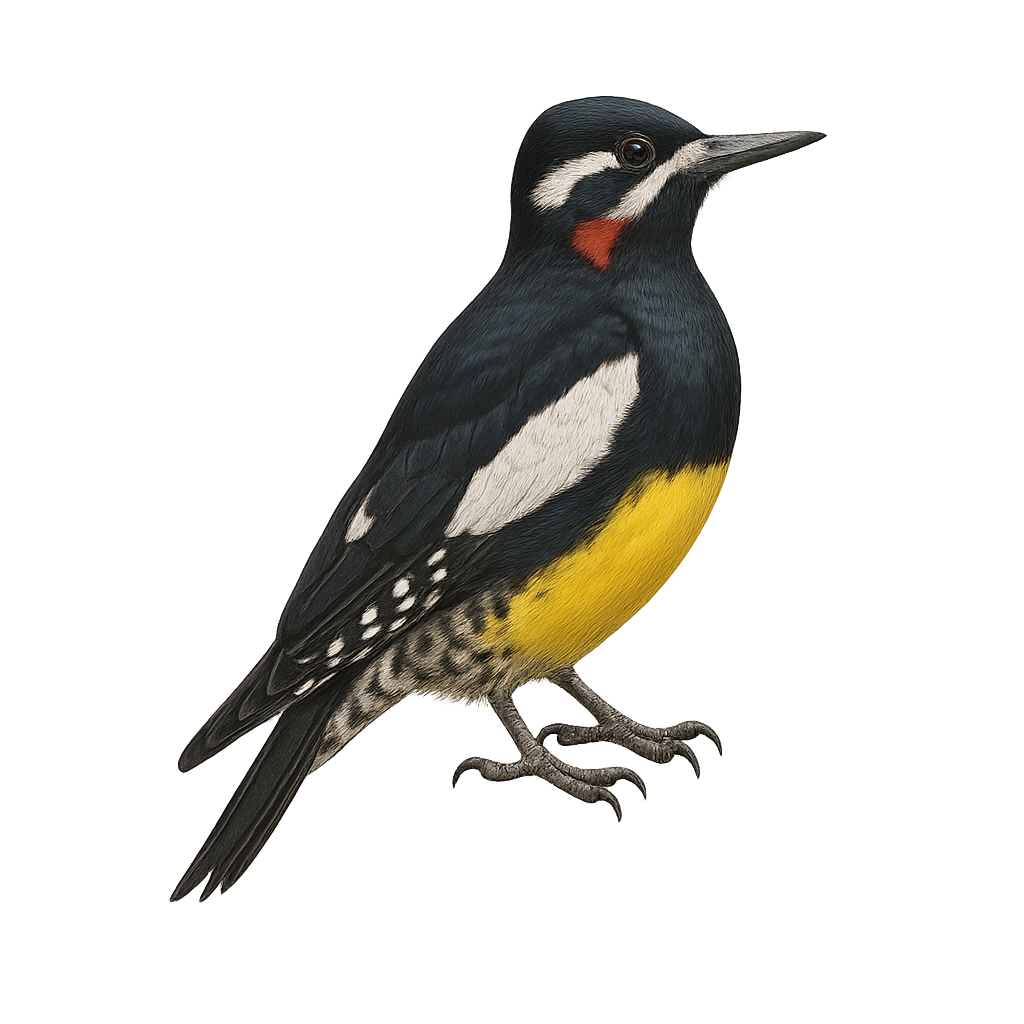Your wildlife photography guide.
Explore the williamson's sapsucker in detail, study its behavior, prepare your shots.
Where to observe and photograph the williamson's sapsucker in the wild
Learn where and when to spot the williamson's sapsucker in the wild, how to identify the species based on distinctive features, and what natural environments it inhabits. The WildlifePhotographer app offers tailored photography tips that reflect the williamson's sapsucker’s behavior, helping you capture better wildlife images. Explore the full species profile for key information including description, habitat, active periods, and approach techniques.
Williamson's Sapsucker
Scientific name: Sphyrapicus thyroideus

IUCN Status: Least Concern
Family: PICIDAE
Group: Birds
Sensitivity to human approach: Suspicious
Minimum approach distance: 10 m
Courtship display: May to June
Incubation: 12-14 jours
Hatchings: May to July
Habitat:
Coniferous forests, mountainous areas
Activity period :
Primarily active during the day, with peak activity in the morning and late afternoon.
Identification and description:
The Williamson's Sapsucker, or Sphyrapicus thyroideus, is a fascinating bird from the Picidae family, primarily found in the coniferous forests of western North America. This woodpecker measures about 20 to 22 cm in length and exhibits marked sexual dimorphism: the male sports a distinctive black head, while the female is duller with brown and white patterns. They primarily feed on tree sap, which they extract by drilling holes in the bark, as well as insects and fruits. Their call is a mix of trills and drumming. Although their population is stable, they are sensitive to deforestation and habitat loss.
Recommended lens:
400mm – adjust based on distance, desired framing (portrait or habitat), and approach conditions.
Photography tips:
To photograph the Williamson's Sapsucker, it is advisable to use a telephoto lens of at least 400mm to capture detailed images without disturbing the bird. Look for areas where trees show signs of drilling, as this indicates the presence of these woodpeckers. Be patient and discreet, as they can be suspicious. Morning is often the best time to observe them, as they are more active at this time.
The WildlifePhotographer App is coming soon!
Be the first to explore the best nature spots, track rutting seasons, log your observations, and observe more wildlife.
Already 1 432 wildlife lovers subscribed worldwide

